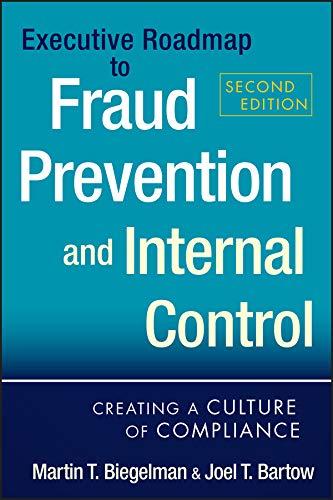Question
Finlon Upholstery, Inc. uses a job-order costing system to accumulate manufacturing costs. The companys work-in-process on December 31, 20x1, consisted of one job (no. 2077),
Finlon Upholstery, Inc. uses a job-order costing system to accumulate manufacturing costs. The companys work-in-process on December 31, 20x1, consisted of one job (no. 2077), which was carried on the year-end balance sheet at $156,800. There was no finished-goods inventory on this date.
Finlon applies manufacturing overhead to production on the basis of direct-labor cost. (The budgeted direct-labor cost is the companys practical capacity, in terms of direct-labor hours, multiplied by the budgeted direct-labor rate.) Budgeted totals for 20x2 for direct labor and manufacturing overhead are $4,200,000 and $5,544,000, respectively. Actual results for the year follow.

Job no. 2077 was completed in January 20x2; there was no work in process at year-end. All jobs produced during 20x2 were sold with the exception of job no. 2143, which contained direct-material costs of $154,000 and direct-labor charges of $85,000. The company charges any under- or overapplied overhead to Cost of Goods Sold.
1. Determine the companys predetermined overhead application rate.
2. Determine the additions to the Work-in-Process Inventory account for direct material used, direct labor, and manufacturing overhead.
3. Compute the amount that the company would disclose as finished-goods inventory on the December 31, 20x2, balance sheet.



7. Would it be appropriate to include selling and administrative expenses in either manufacturing overhead or cost of goods sold?
Direct material used Direct labor Indirect material used Indirect labor Factory depreciation Factory insurance Factory utilities Selling and administrative expenses Total $ 5,550,000 4,350,000 63,000 2,860,000 1,740,000 59,000 832,000 2,160,000 $17,614,000 5-a. Compute the amount of under-or overapplied overhead at year-end. 5-b. Prepare the necessary journal entry to record its disposition. (If no entry is required for a transaction/event, select "No journal entry required" in the first account field.) View transaction list Journal entry worksheet Record under- or over applied overhead. Note: Enter debits before credits. Transaction General Journal Debit Credit Record entry Clear entry View general journal 6. Determine the company's 20x2 cost of goods sold. Finished-goods inventory, Jan. 1 Cost of goods available for sale S 0 Unadjusted cost of goods sold S 0 Cost of goods sold S 0Step by Step Solution
There are 3 Steps involved in it
Step: 1

Get Instant Access to Expert-Tailored Solutions
See step-by-step solutions with expert insights and AI powered tools for academic success
Step: 2

Step: 3

Ace Your Homework with AI
Get the answers you need in no time with our AI-driven, step-by-step assistance
Get Started


